Japan Travel Tips: 10 Essential Things to Know Before Your First Visit
- TOMOGO! Team

- Jun 4
- 7 min read
Updated: Jun 16
Planning your first trip to Japan is a dream come true, but it can also feel overwhelming, especially when you're heading to a completely new country with a different culture and its own unique customs and etiquette. Even after reading countless travel blogs and guidebooks, you might still feel unprepared, but TOMOGO! is here for you!
We’ve gathered the ultimate guide to help you feel confident, prepared, and truly excited for your Japan adventure. These essential Japan travel tips focus mainly on our personal experience in Tokyo, but they'll be helpful across the whole country.
Let’s make sure your trip is unforgettable!
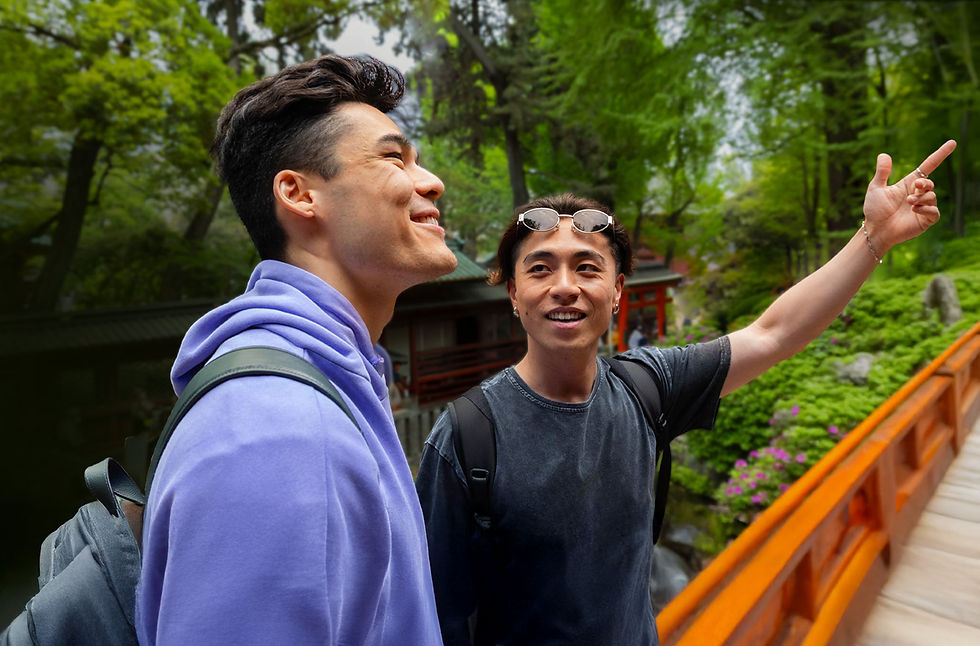
1. Where to Stay in Tokyo
The first step is finding the best accommodation options, one of the most important factors in whether your trip feels smooth and enjoyable.
If it’s your first visit, Tokyo is probably your starting point. With over 4,400 hotels and ryokans (traditional Japanese inns), the options can be overwhelming, but here's the golden rule:
Choose a hotel near a major station on a convenient train line.
Best Stations to Stay Near (by Budget):
On the JR Yamanote Line (a loop line that connects most of Tokyo’s key neighborhoods):
Budget-friendly: Otsuka, Ueno, Nippori (Note: Nippori has direct access to Narita Airport via the Skyliner)
Mid-to-high budget: Shinjuku, Ikebukuro, Shibuya, Shinagawa (great for Haneda Airport access)
On the Tokyo Metro Marunouchi Line:
Korakuen Station (multi-line access)
Ochanomizu Station (multi-line access)
Ginza or Tokyo Station (central, premium options)
Regardless of your line or budget, prioritize proximity to public transport over fancy views. You'll be walking a lot to explore different neighborhoods, and the last thing you want after a long day of sightseeing is an exhausting walk back to your hotel. This tip will save time and energy every day.
💡 If you’re taking the Shinkansen (bullet train) to other areas, easy access to Tokyo, Ueno or Shinagawa Stations can be very convenient.

2. Navigating the Transportation System
Japan's public transportation is famous for being reliable, punctual and convenient, but it can be very confusing for first-time visitors, with more than 800 railway stations just within the Tokyo Metropolis! Here’s what you need to know:
JR vs. Metro
JR (Japan Rail): Operates above-ground trains connecting major cities and local routes within Tokyo.
Tokyo Metro: Underground trains mostly running within the city. JR and Metro systems are separate, and you’ll need to transfer and pass through different ticket gates. Be aware that the JR Pass doesn't cover the Tokyo Metro.
Buses
There are two main fare systems:
Flat fare system: Pay once when you board (cash or IC card).
Distance-based fare system: Take a ticket when boarding and pay the displayed fare when getting off or tap your IC card on entry and exit.
Highway buses are also a cheap alternative to trains for medium to long distance trips, with one of the major providers being Willer Express.
Taxis
Although they are not the cheapest option, they can be very useful if the destination is harder to get to or if your situation requires them, like missing the last train at night!
💡 Google Maps and NAVITIME are great and reliable apps to check the routes and times of trains and buses, but if you’re unsure, watch the locals or ask the driver. Many stations and buses display clear instructions in English.
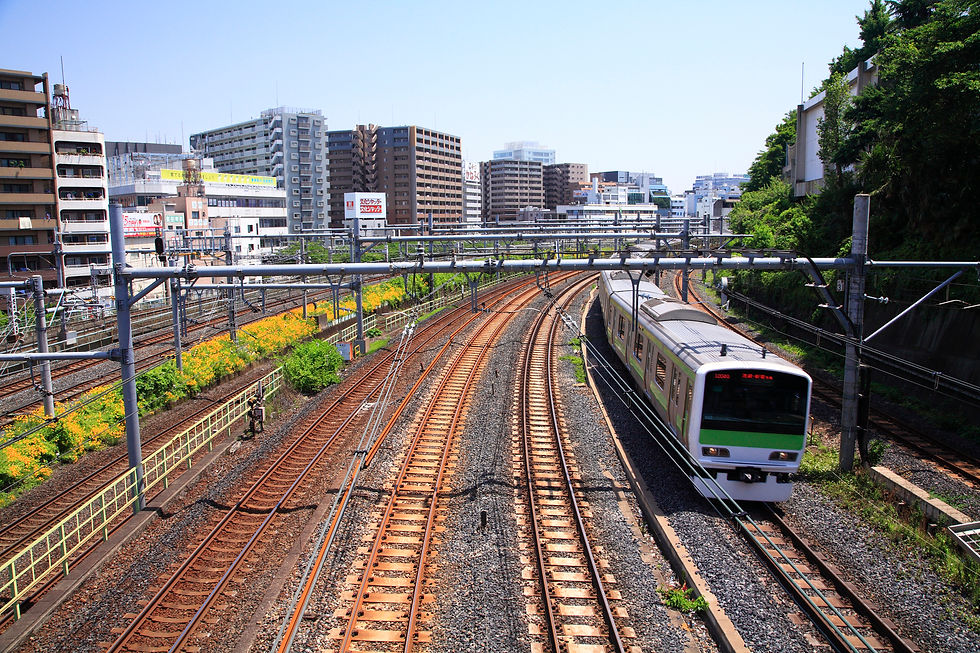
3. Cash, Credit Cards, and ATMs
Don’t stress about changing currency before arriving, Japanese convenience stores make it easy for you.
Bring an international debit or credit card. Make sure to bring at least one physical card, as sometimes contactless payments may not work in some stores or restaurants.
Use ATMs in convenience stores like 7-Eleven (usually offer the lowest fees), Lawson or Family Mart to withdraw cash anytime.
Most stores now accept cards, but some shrines, small shops or traditional restaurants still accept only cash. Make sure to always carry some yen to avoid any stressful moments.
💡 Revolut, Wise or N26 cards are great options for travelers, helping you avoid fees and stress.

4. IC Cards: Your Best Friend for Payments
IC cards (like Suica, Pasmo, or Icoca) are prepaid travel and shopping cards. You'll be able to recharge them using cash at train stations and some ATMs.
Where to get them:
Purchase at most JR stations, at the vending machines or at ticket offices.
Or add one to your iPhone wallet (if available)
Note: Most Android phones outside of Japan currently don't support IC cards. (no Osaifu-Keitai compatibility)
Use them for:
Public transport (bus, train, metro)
Convenience stores
Vending machines
Some supermarkets, shops, and even shrines
💡 Using an IC card means fewer coins in your wallet and they can be refunded at the airport before you leave.
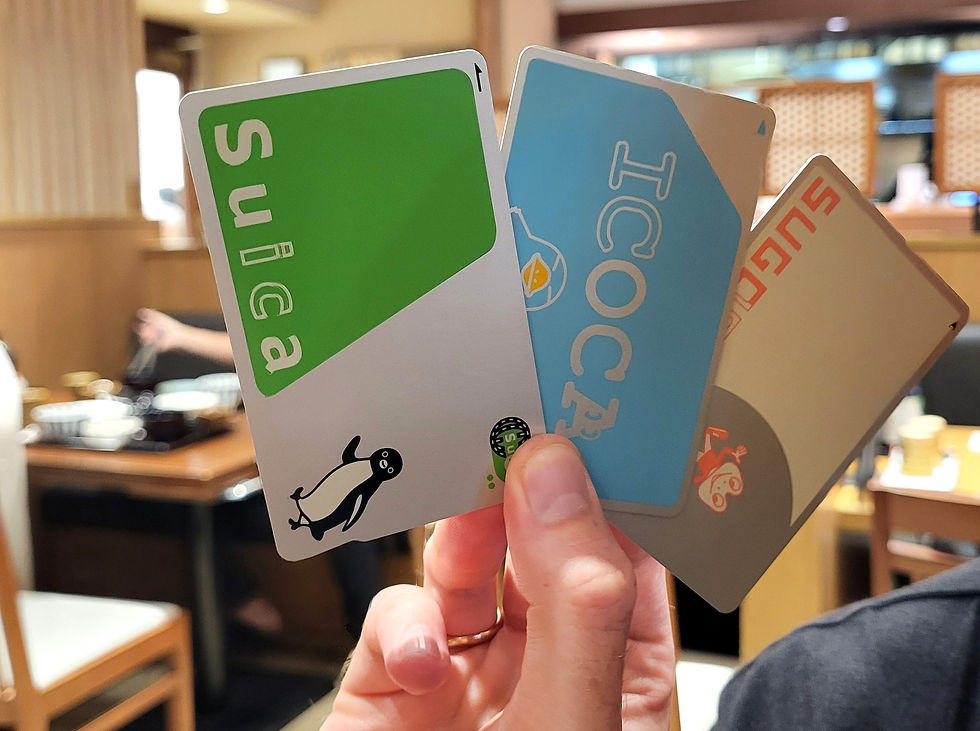
5. Finding Great Food in Tokyo
You will arrive in Japan wanting to try all the food and find the best spots, but with over 160,000 restaurants, where do you even start? No worries, we've got you covered!
Pro Tips:
Google Maps: Trust places with +3.5~4.0 stars and read the reviews.
Tabelog (used widely by locals): Look for places with at least 3.2~3.5 stars for authentic experiences
Happy Cow: If you're looking for vegetarian and vegan options, check Happy Cow for the best recommendations.
Easy Wins (Affordable Chains):
Sushiro and Kura Sushi: Conveyor-belt sushi at very affordable prices.
Torikizoku: Yakitori (grilled chicken skewers), drinks and many other small plates.
Ichiran: Famous ramen chain with private booths.
CoCo Ichibanya: The most popular Japanese curry chain, quick, delicious, and with vegan options available.
Saizeriya: While not offering traditional Japanese food, it's a great option for very affordable Italian-inspired dishes for the whole family.
💡 When you see a long line at a local restaurant, it’s probably worth the wait if you have some free time on your schedule.
Restaurant chains in Japan offer delicious food at very affordable prices. | Photos by Lourdes Morales
6. Surviving Tokyo Summers
Summer temperatures can go above 40°C (104°F) and the humidity can be very hard to deal with. Stay safe and cool with essentials from 100-yen stores or drugstores:
Neck coolers or cooling scarves. Put them in the fridge during the night and stay cool in the morning.
Portable electric fans or hand fans.
Cooling towels or vests.
Cooling spray/mist or wet wipes.
Parasols.
And the most important tip, stay hydrated and take shade breaks when needed! With vending machines at almost every corner, you'll always have access to cold drinks during the day. Or if you want to refill your water bottle for free, download the app MyMizu and easily find the best free water spots.
💡 Evening/Night festivals are also a great way to escape from the heat of summer and still enjoy the Japanese traditions to the fullest. Check out our Events and Festivals page to learn about everything happening this summer.
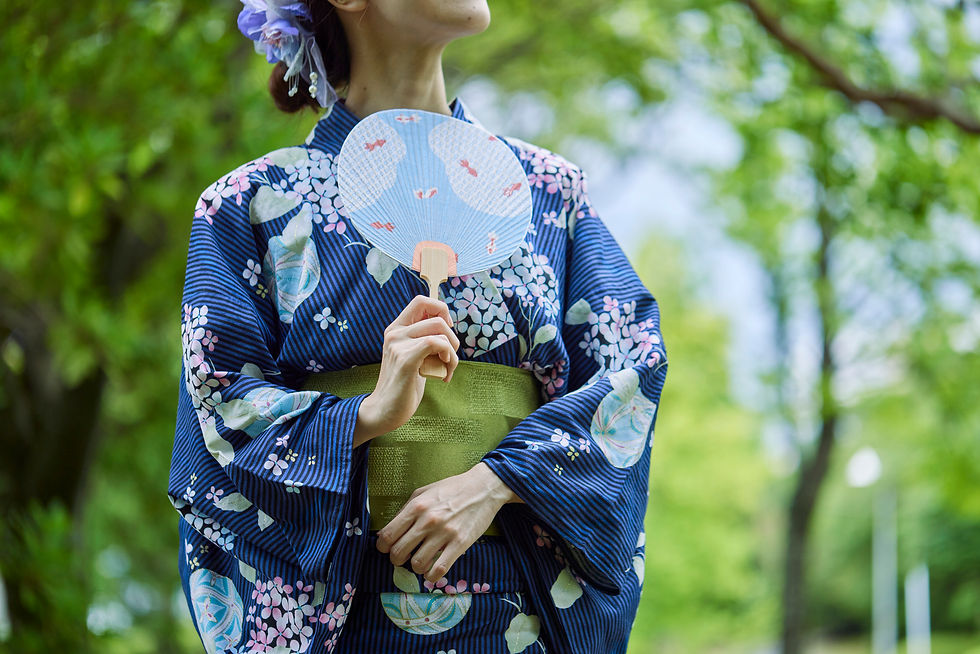
7. Wear Comfortable Shoes
Tokyo is not a car-centric city, and even though the train system is very wide and convenient, expect to walk 10+ kilometers daily, especially if you're exploring actively.
Skip the stylish shoes and go with your most comfortable, well-worn pair. Your feet will thank you after a long day of exploring! Also, in Japan it’s common to take your shoes off when entering traditional houses, shrines, and even some restaurants, so wearing shoes that are easy to slip on and off will make it easier for you.
💡 If you feel your feet starting to ache during your trip, fear not! Visit your nearest convenience store and look for the cooling patches called "Kyusoku Jikan". Stick them to your feet and legs at night and feel refreshed in the morning.
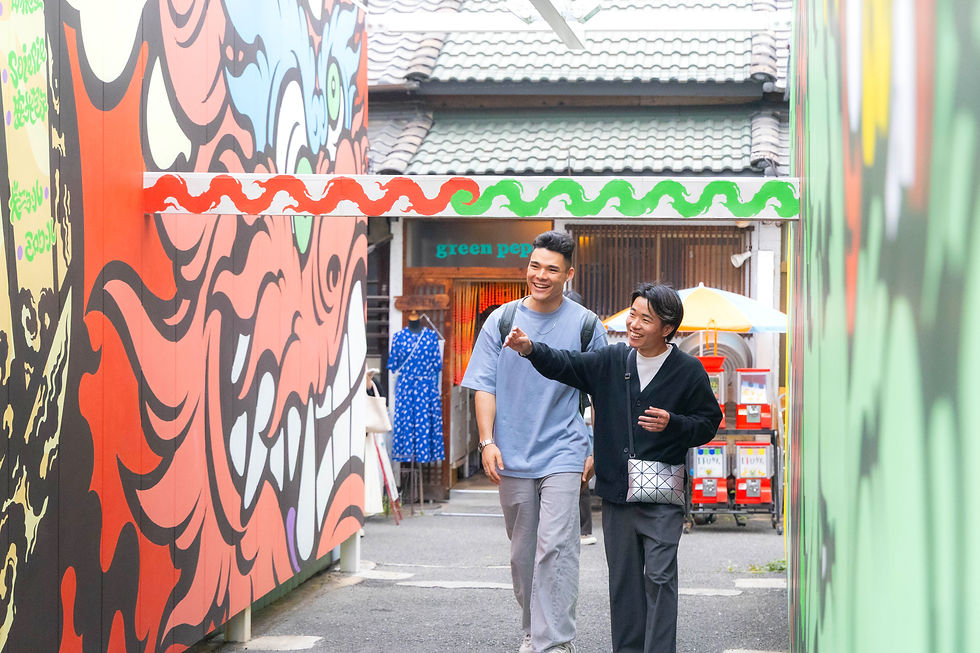
8. Carry a Coin Wallet
Even though a lot of places accept credit cards, Japan still uses a lot of cash. You’ll likely accumulate coins, especially small change that can be annoying and hard to find in your wallet when you're rushing to pay for something.
Bring a small coin wallet or grab one from a 100-yen shop, such as Daiso or Seria. Before leaving Japan, use up coins at shrines (as offerings) or vending machines.
💡 Always keep some ¥5 coins in your wallet to use them to pray at shrines, as they are said to give you a little extra luck.
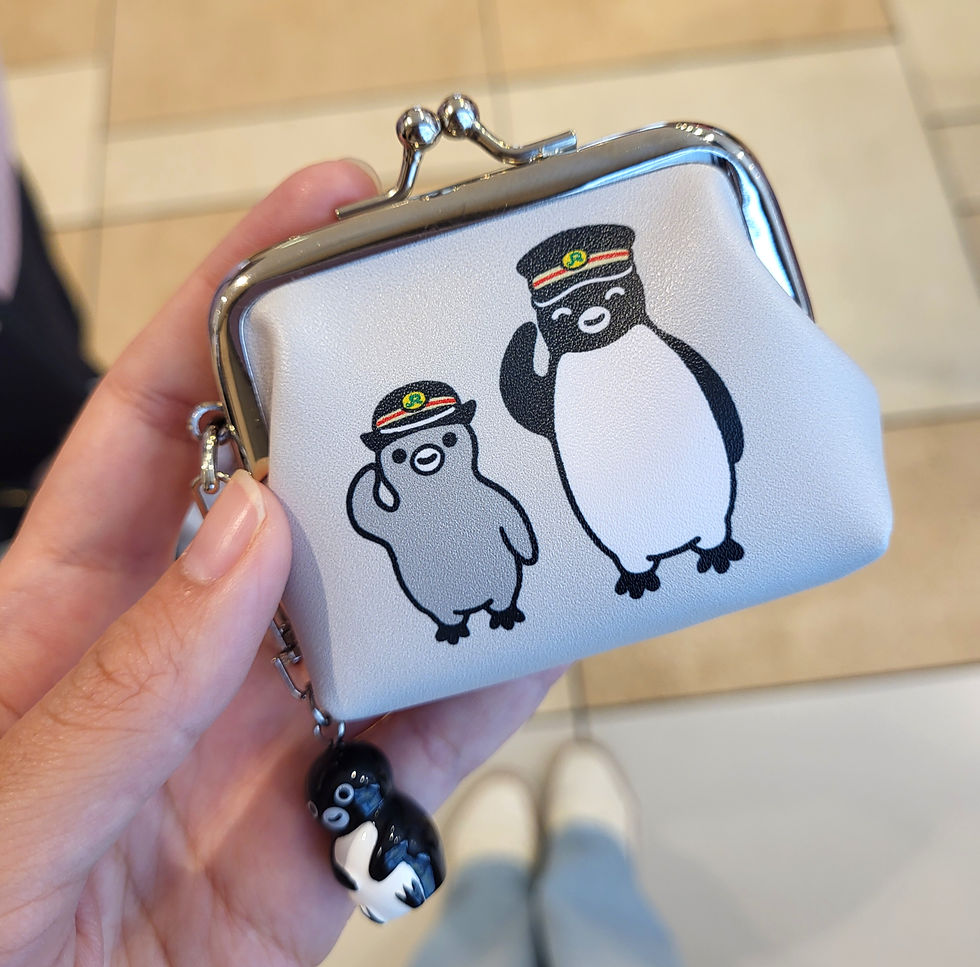
9. Be Prepared for Firm Mattresses
Japanese hotel beds, especially at business or traditional ryokan-style hotels, can be firmer than what you’re used to, although they are said to be better for deep sleep and spine support. However, if you prefer a softer bed you can request a mattress topper at reception (available at many hotels).
In some traditional ryokans you'll also find futons (Japanese style mattresses set on the floor) that can take a bit of time to adjust to for some people used to Western style beds. Mentally prepare to adjust, it’s all part of the cultural experience!
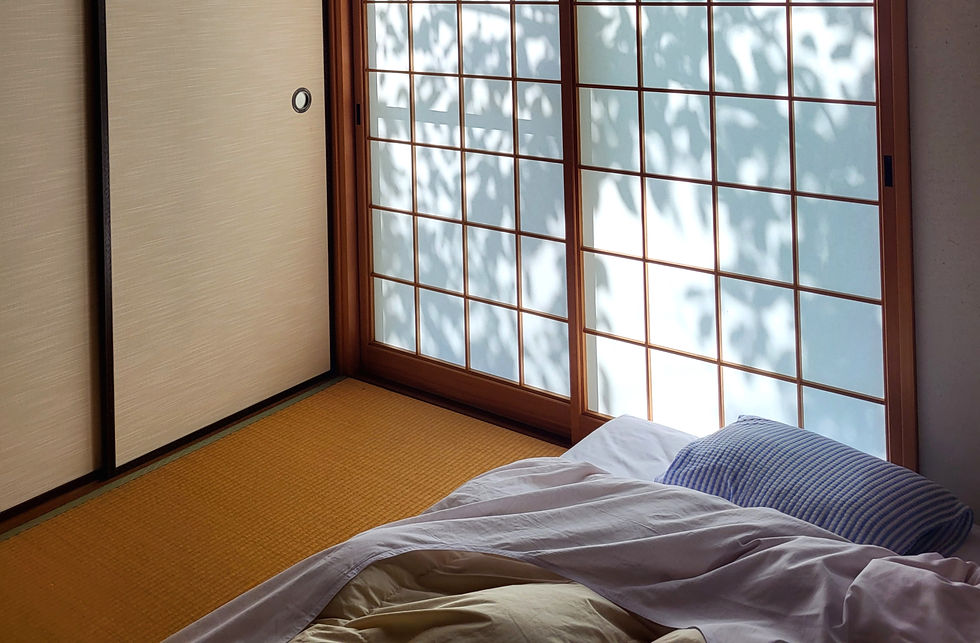
10. Bring a Small Garbage Bag
Trash bins are rare in public areas, even in Tokyo, where you can spend hours walking without spotting one.
Carry a small plastic bag to store your trash throughout the day. It’s polite, practical, and helps keep the streets clean.
💡 At some convenience stores you'll be able to dispose of empty bottles, cans and sometimes general trash, and you'll also find bottle and can trash bins next to most vending machines. Just make sure to use them only for the items they're intended for.
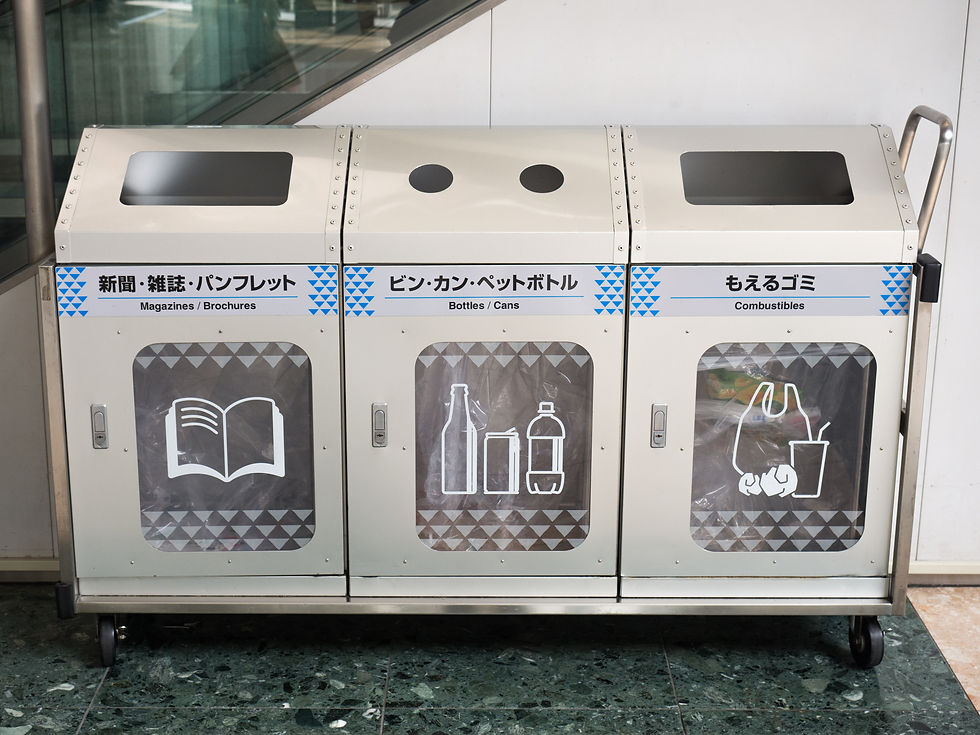
Final Thoughts: Your Essential Japan Travel Tips
Traveling in Japan is a rewarding experience, and with just a few preparations, you can enjoy your first visit with confidence. Tokyo may seem overwhelming at first, but once you get used to the main rules it becomes one of the most exciting cities in the world to explore.
Follow these tips, enjoy the adventure, and fall in love with this beautiful country. If you want to be updated with the best travel tips, event guides and local stories, make sure to follow TOMOGO! on social media, and if you want a local tour leader to show you around, check out the wide variety of adventures waiting for you in our app!













This is an amazing list of tipps for first–timers, thank you!!!